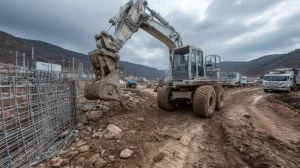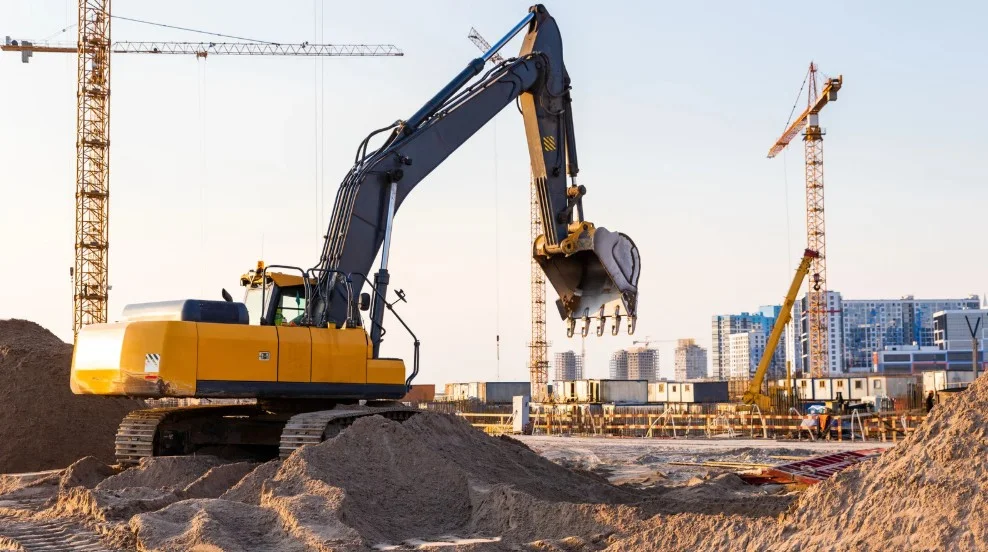Table of Contents
ToggleSite preparation rarely gets the attention it deserves. People imagine diggers, a few workers in high-vis jackets, and then, presto, the whole place is ready for something new.
In truth, it’s a methodical process requiring careful planning at every step. Hazards lurk behind what appears to be overgrown grass or an abandoned structure.
One wrong move and the schedule flies out of the window. Is it complex? Absolutely, but ignoring these complexities leads to disaster. Those committed to construction may take a closer look at what actually happens before it even begins.
What Does Site Clearance Actually Involve in Construction Projects?
Surveying the Site

Before the first machine rumble or spade strike, a detailed inspection takes place. No one skips this bit. Every hidden pitfall is identified, from forgotten cables to unstable structures waiting to cause trouble.
Take a region like Greater Manchester, well-known for its industrial legacy. Manchester demolition projects must account for unexpected dangers lurking underground as much as overhead hazards that could topple without warning.
Surveyors log everything: trees to preserve, boundaries to protect, and environmental restrictions that can’t be ignored. The ultimate goal is to accurately map risks to ensure that no unexpected issues hinder progress.
Clearing Structures and Vegetation
Now comes the visible action: removing what’s currently on site. Old warehouses crumble under machinery while derelict sheds vanish quickly, but garden overgrowth can prove just as stubborn as bricks and mortar.
Machinery tackles some obstacles. Chainsaws and hand tools handle stubborn roots or awkward trees crowding narrow spaces.
The process isn’t chaos. A team follows regulations on waste disposal so timber doesn’t mingle with harmful debris destined for landfill sites. Recyclable materials get separated early since costs can spiral if everything ends up in one skip.
Managing Waste Materials
Forget tossing rubble into any random bin. Regulations have teeth here, and local councils take enforcement seriously. Hazardous substances such as asbestos require specialist handling, from removal through secure off-site transport.
Cutting corners spells fines and shutdowns nobody wants on their record. Proper sorting saves more than headaches: metals head to recycling centres, while general waste gets documented right down to load weights and destinations lest inspectors call around later looking for gaps in paperwork.
Preparing Groundworks

With leftovers cleared away, attention shifts beneath the surface, where groundwork teams reshape the terrain, readying it for foundations or landscaping dreams yet to come alive in architects’ plans.
This means levelling land where required and, if tests show contaminants from former industrial use pose risks to health or future plants alike, importing new soil (no shortcuts are allowed).
Drainage routes are dug early, since waterlogging spells ruin before anything stands upright on the site. Once engineers confirm that everything is secure, solid surfaces are installed last.
Conclusion
Site clearance never runs on guesswork or lucky breaks. It demands rigour at every stage, from initial checks through final soil compressions, before any real building starts up again.
Shortcuts are costly because safety and client budgets, which require smooth delivery, are jeopardised by early oversights or neglect. Ultimately, every clean slate relies upon unseen effort long before blueprints become reality anywhere near a construction zone.




